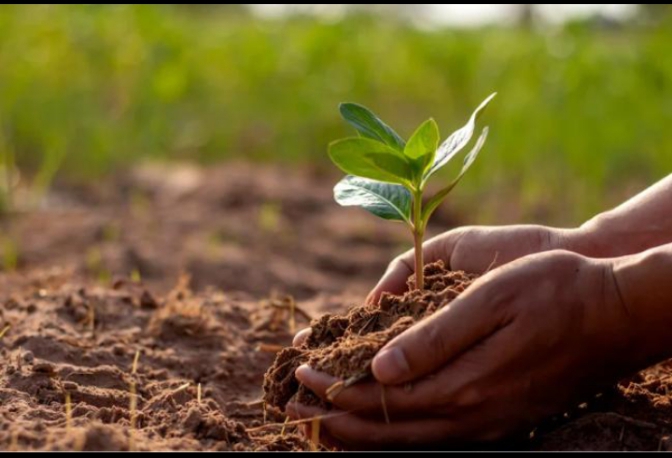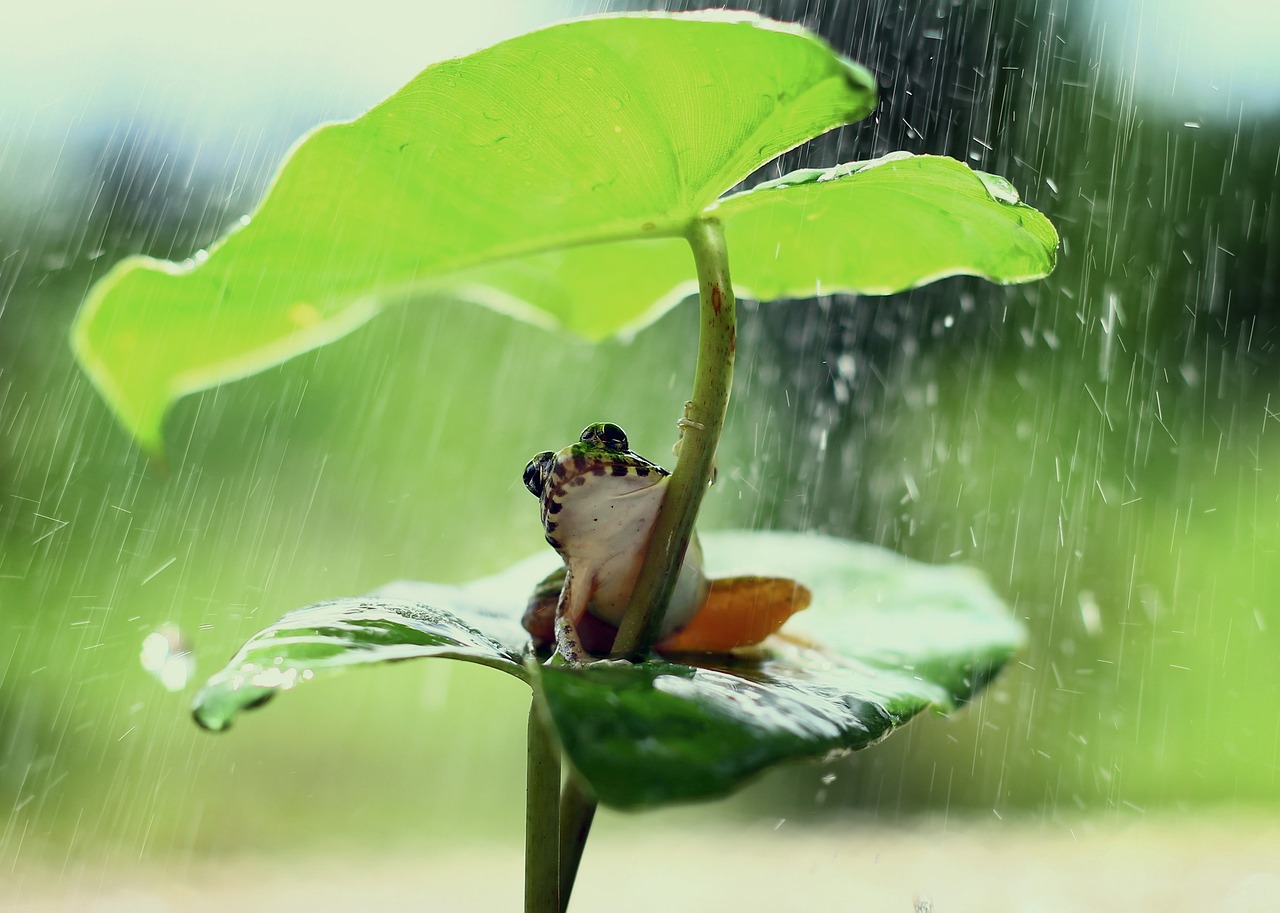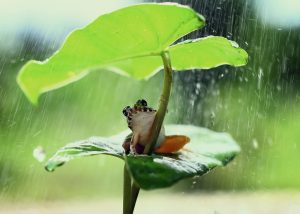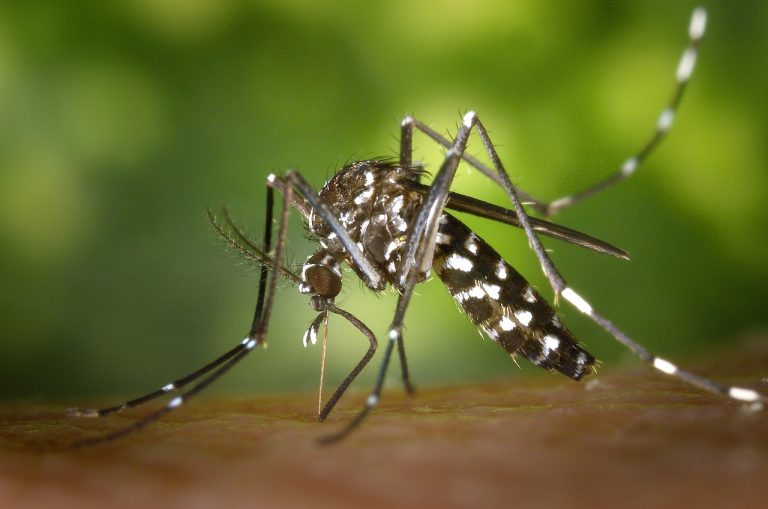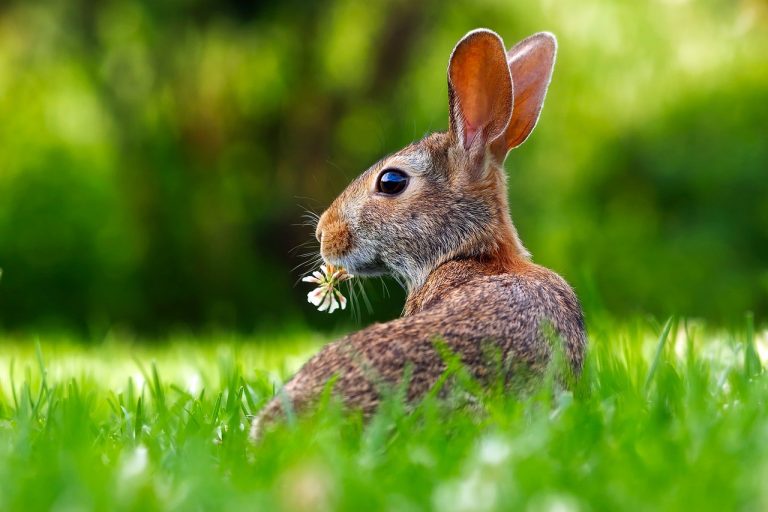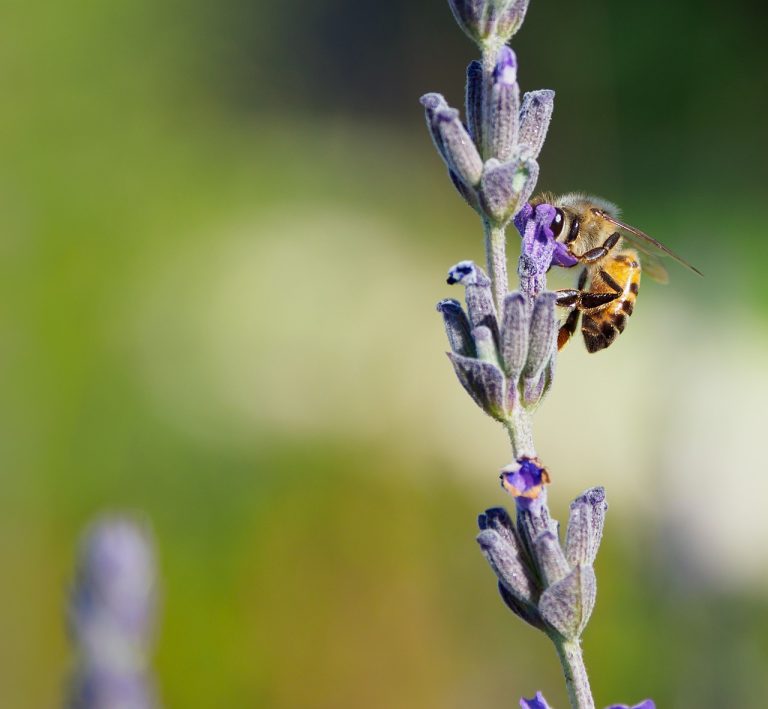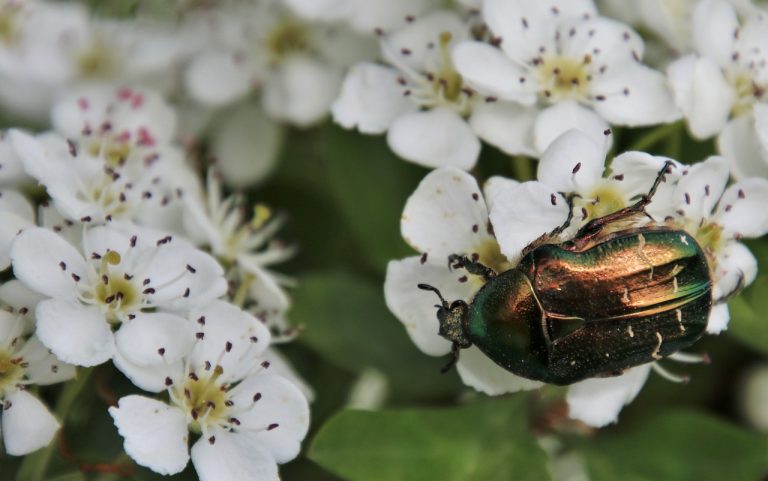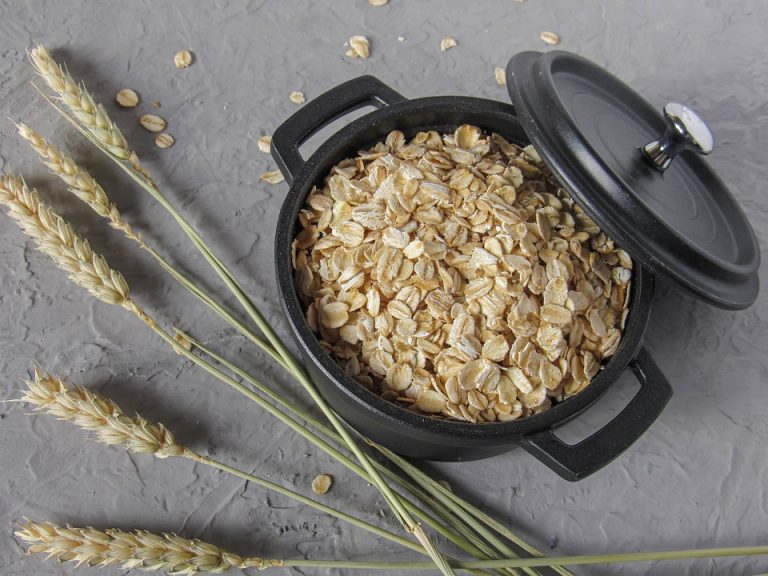DO FROGS EAT SLUGS (5 Amazing facts)
Understanding the diet of frogs has always intrigued nature enthusiasts and curious minds alike. Delving into the question of whether frogs consume slugs opens a fascinating window into the dietary preferences of these amphibians.
DO FROGS EAT SLUGS?
Yes, frogs do eat slugs.Frogs, as carnivorous amphibians, include slugs in their diet. These creatures consume various insects, worms, and small invertebrates, with slugs being a part of their menu.
The diet of frogs varies based on their species and habitat, but slugs are often a tasty treat for certain frog species. This natural predation contributes to the ecological balance by controlling slug populations in various ecosystems.
EXPLORING FROG FEEDING BEHAVIORS
Frogs, as diverse creatures, exhibit a range of feeding behaviors influenced by their species, habitat, and ecological niche.
THE VERSATILE DIET OF FROGS
Intriguingly, frogs are known for their diverse culinary choices, ranging from insects to small vertebrates.
FROG DIET ADAPTATIONS
Adaptations in frog species have shaped their diets, allowing them to thrive in various environments.
SPECIALIZED FROG SPECIES AND THEIR FEEDING PATTERNS
Certain frog species have evolved specialized feeding habits, showcasing nature’s remarkable adaptability.
UNDERSTANDING SLUGS: A DEEPER DIVE
INSIGHT INTO THE SLUG DIET
Slugs, characterized by their gastropod nature, primarily sustain themselves as herbivores, consuming a diet predominantly composed of plant matter. Their feeding habits often involve grazing on a wide array of vegetation, including leaves, stems, fruits, and even decaying plant material.
SLUGS IN THE ECOSYSTEM
The role of slugs within ecosystems encompasses both beneficial and detrimental aspects. While these creatures serve as decomposers, aiding in the breakdown of organic matter and contributing to nutrient cycling, their herbivorous nature also poses challenges. Excessive slug populations can result in damage to agricultural crops and ornamental plants, impacting vegetation and ecological balance.
IMPACT OF SLUGS ON VEGETATION
The voracious appetite of slugs, coupled with their ability to consume a diverse range of plant species, presents a significant ecological consideration. Their feeding behavior not only affects individual plants but can also influence the composition and structure of vegetation within ecosystems.
FROG AND SLUG INTERACTION: INVESTIGATING THE CONNECTION
The interaction between frogs and slugs intertwines within the intricate web of predator-prey relationships. While slugs form part of the diet for certain frog species, this interaction holds implications for both the frog’s dietary choices and the ecological dynamics of slug populations. Exploring this connection offers insights into the balance of nature, showcasing the interdependency between different species within ecosystems.
DO FROGS ACTUALLY CONSUME SLUGS?
The inquiry into whether frogs consume slugs stands as a captivating facet of amphibian dietary behavior. Observational studies, conducted across various habitats and environments, shed light on the intriguing relationship between frogs and slugs. These studies, delving into the dietary habits of different frog species, have yielded compelling evidence of frog-slug predation.
Through meticulous observation and analysis, researchers have documented instances where frogs actively target and consume slugs as part of their diet. These observations aren’t limited to a specific geographical area but span diverse ecosystems where both frogs and slugs coexist.
Such studies often involve the meticulous examination of frog stomach contents. Dissections of these amphibians reveal remnants of slugs among the ingested prey. The presence of slug parts, identifiable through careful examination, serves as tangible evidence supporting the notion of frog-slug predation.
Moreover, researchers employ behavioral observations to track and document instances where frogs actively hunt and feed on slugs in their natural habitats. These observations capture the nuances of frog behavior, highlighting instances where specific frog species exhibit distinct predation tactics tailored to capturing and consuming slugs.
These investigative studies, comprising both field observations and controlled experiments, contribute to our understanding of the intricate dietary patterns of frogs. They underscore the significance of slugs as potential prey items within the dietary repertoire of various frog species, adding depth to our comprehension of amphibian ecology and their role within ecosystems.
FACTORS INFLUENCING FROG FEEDING PREFERENCES
ENVIRONMENTAL FACTORS IMPACTING DIET
Frogs, as adaptable creatures, showcase varied dietary preferences influenced by their environmental surroundings. Factors such as habitat type, availability of food sources, and climatic conditions significantly impact the dietary choices of these amphibians.
HABITAT AND FEEDING HABITS
The specific habitat a frog inhabits directly correlates with its feeding habits. Species dwelling near water bodies, like ponds or marshes, often exhibit a penchant for aquatic prey like small fish or aquatic invertebrates. Conversely, terrestrial frogs might lean towards a diet comprising insects, worms, and occasionally, slugs.
FROGS’ DIETARY ADAPTATIONS TO HABITAT
The distinct habitat adaptations of frogs mold their dietary inclinations. For instance, frogs dwelling in densely vegetated areas might display a preference for slugs due to the abundance of these gastropods in such habitats.
SEASONAL VARIATIONS AND DIET DIVERSITY
Seasonal changes play a pivotal role in altering the availability of prey items, subsequently impacting frog diets. During wet seasons, an abundance of slugs might lead to an increased consumption by frogs, while drier periods could prompt a shift in their diet towards other available prey.
THE SIGNIFICANCE OF FROGS IN PEST CONTROL
FROGS AS NATURAL PREDATORS
Frogs, renowned for their diverse diets and voracious appetites, serve as natural predators in various ecosystems. Their culinary preferences encompass a wide array of small creatures, including insects, worms, and notably, slugs. This predation behavior, particularly targeting slugs, holds significant implications for pest management.
CONTRIBUTION TO PEST MANAGEMENT
The consumption of slugs by frogs presents an eco-friendly and sustainable solution to pest control. Slugs, known to ravage crops and gardens, often pose challenges to agricultural endeavors. However, the inclusion of frogs in these ecosystems creates a natural balance, acting as a biological control measure against slug populations.
By preying on slugs, frogs assist in regulating their numbers, thus mitigating potential damage to vegetation. This natural form of pest management reduces the reliance on chemical pesticides, aligning with environmentally conscious agricultural practices.
Frequently Asked Questions (FAQ) about “Do frogs eat slugs”
Do all frog species consume slugs?
While some frog species exhibit a preference for slugs, not all species include them in their diets.
Are slugs a significant part of a frog’s diet?
Slugs might serve as occasional food for certain frog species but may not constitute a substantial portion of their diet.
Can slug consumption affect frog behavior?
Consumption of slugs might not significantly alter frog behavior unless in specific ecological contexts.
Do frogs prefer other food over slugs?
Frogs tend to have varied diets, often preferring insects and other small creatures over slugs.
Are there any benefits to frogs consuming slugs?
The consumption of slugs by frogs might contribute to pest control, aiding in ecological balance within ecosystems.
CONCLUSION
In the intricate tapestry of nature’s interactions, the question of whether frogs consume slugs unveils a fascinating aspect of ecological balance. The affirmative answer reveals a vital dimension of frog diets, showcasing their role as natural pest controllers within diverse ecosystems. The symbiotic relationship between frogs and slugs illustrates the delicately woven connections that maintain equilibrium in nature. Understanding this interplay not only enriches our knowledge of amphibian behavior but also highlights the intricate web of predator-prey dynamics essential for the harmony of the natural world.
